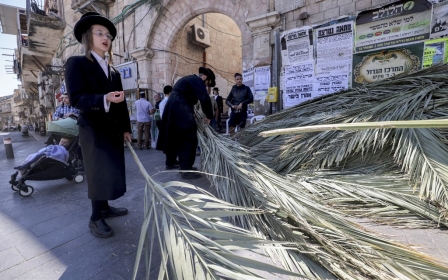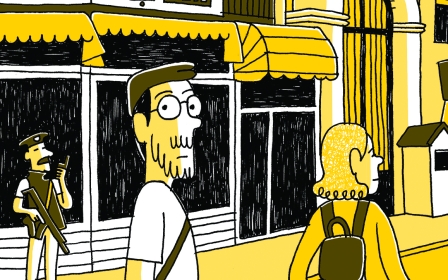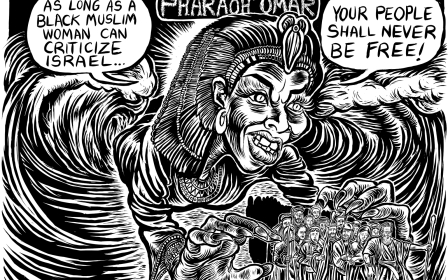
In pictures: Saving Iraq's last Jewish tomb
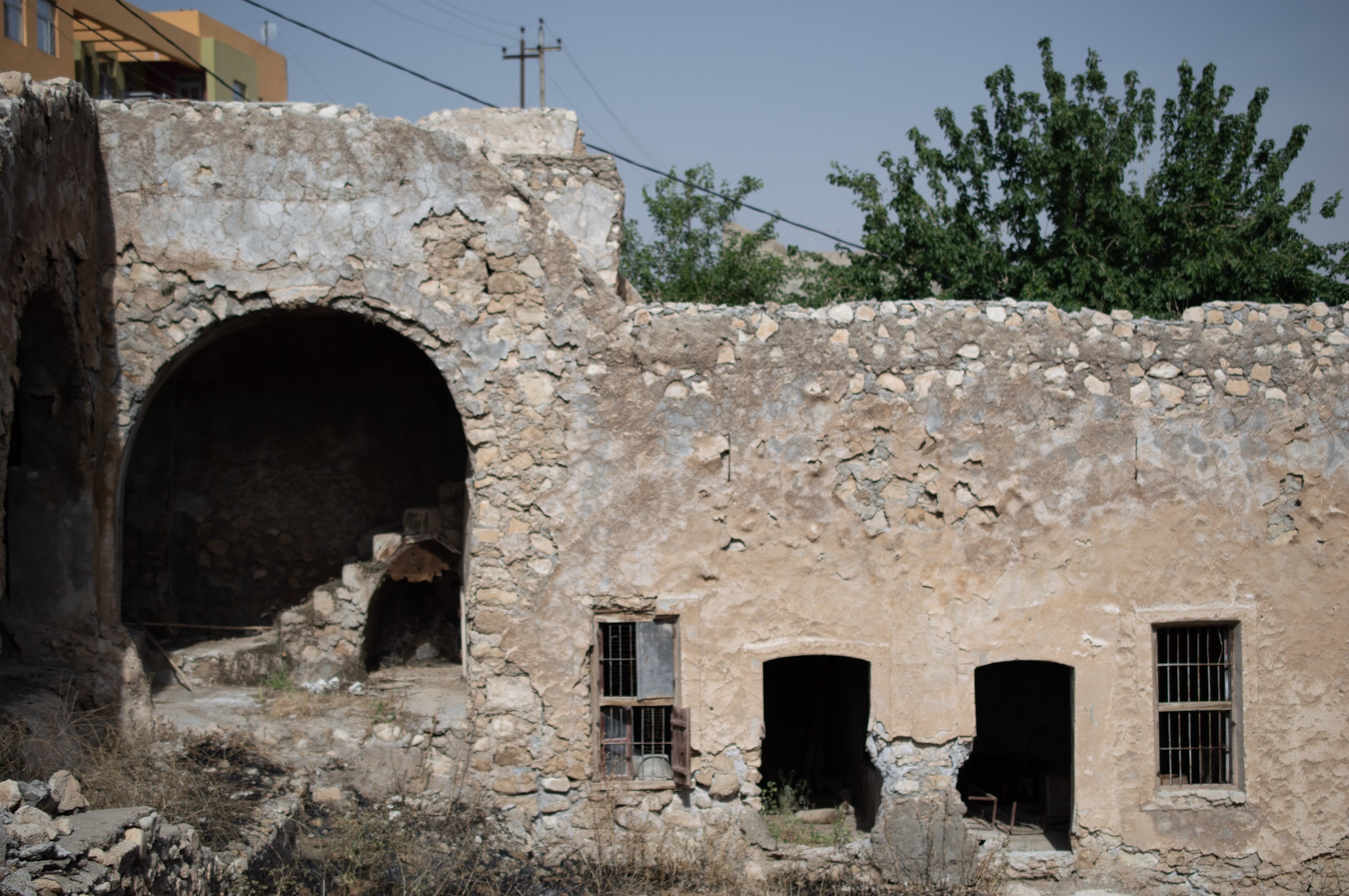
Tucked away among the rows of stone houses in Alqosh, a Chaldean town nestled in the mountains overlooking the Nineveh Plains in Iraq, is the tomb of the minor Prophet Nahum, a site that has now been saved from disappearance. Each year as summer approached, Iraq’s Jews flocked from all corners of the country to visit the site, before a rise in antisemitism in the 20th century led to the Farhud, or pogrom, in 1941. The majority of Iraq’s Jews would flee over the next decade, forced to renounce their citizenship and leave the country. (All images by Levi Clancy.)
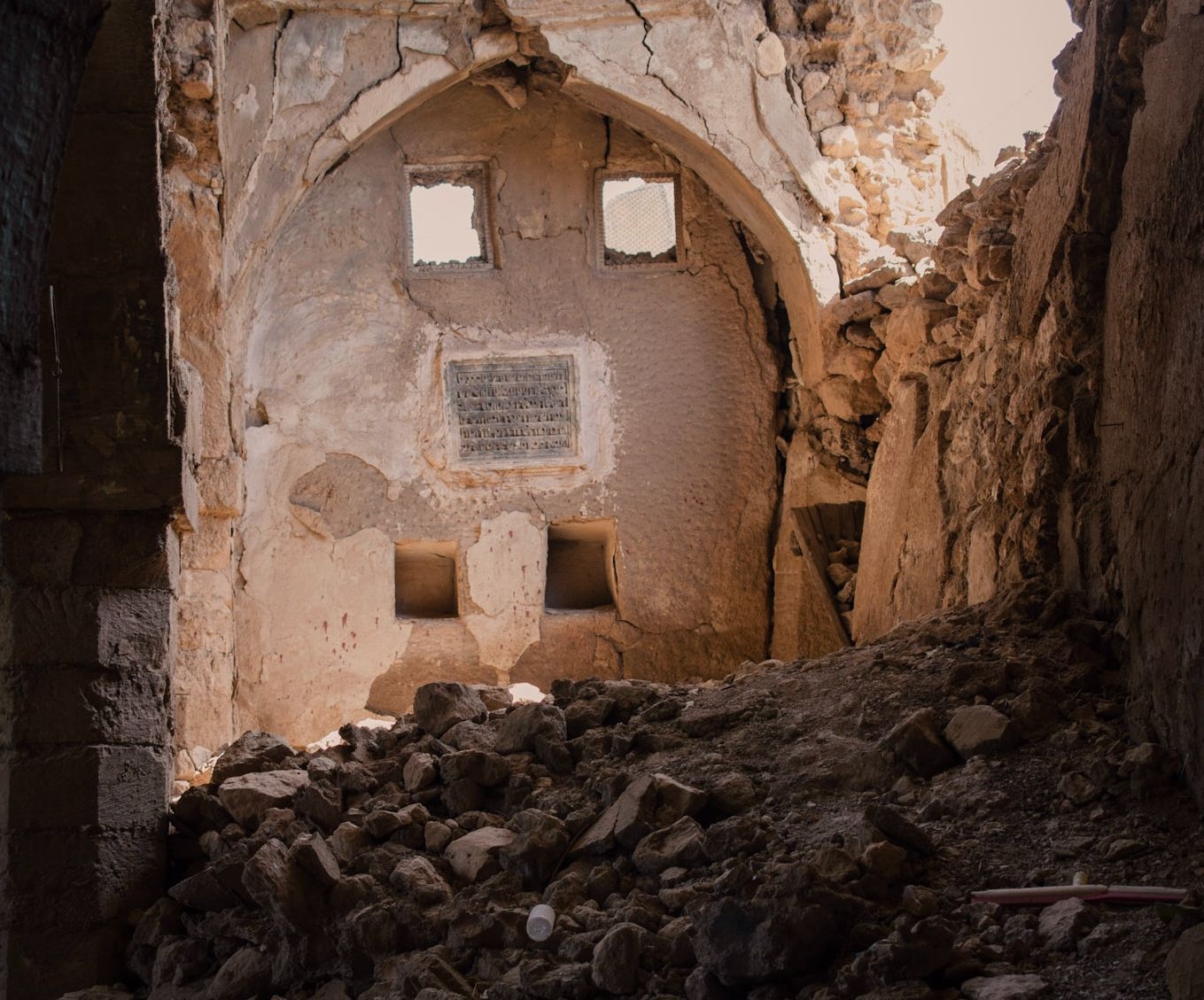
One of the oldest and most prosperous Jewish communities in the Middle East, Iraqi Jews would visit the tomb in their thousands during Shavuot (a festival which celebrates the revelation of the Torah to the Jews seven weeks after their exile from Egypt), reenacting the scenes from Mount Sinai on the peaks standing over the town. The hills now also house the crumbled remains of an Ottoman police station, and a large iron cross which watches over the town, slowly illuminating as night falls. Little is known about Nahum, who predicted the fall of Nineveh in the Old Testament, but his tomb was a core part of Jewish life.
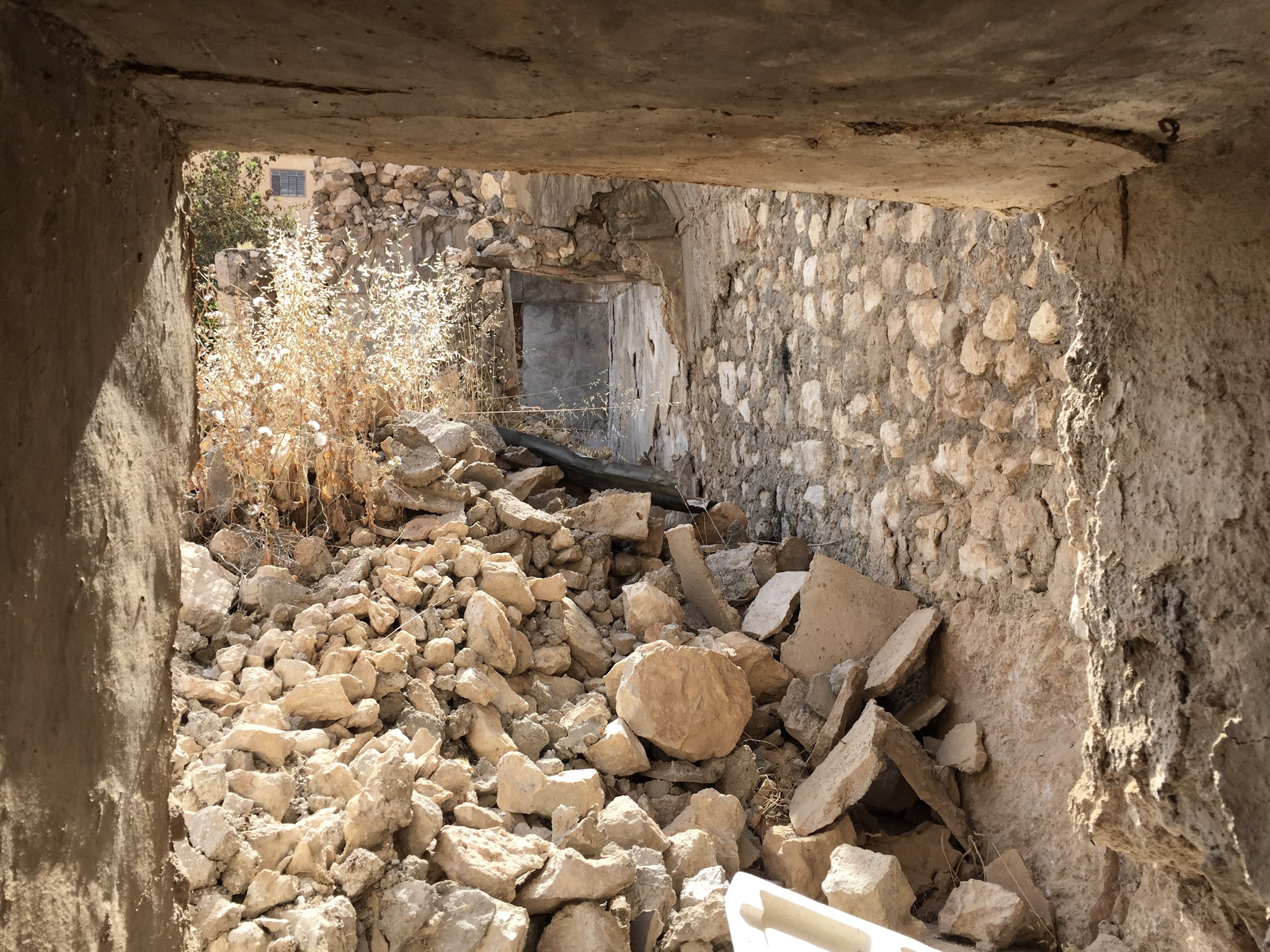
As Islamic State (IS) ravaged through northern Iraq in 2014, residents of Alqosh packed up what they could and fled. From the hill overlooking the town’s monastery, carved into the mountainside, the black flag of the caliphate could be seen flying in neighbouring villages. While Alqosh and the tomb
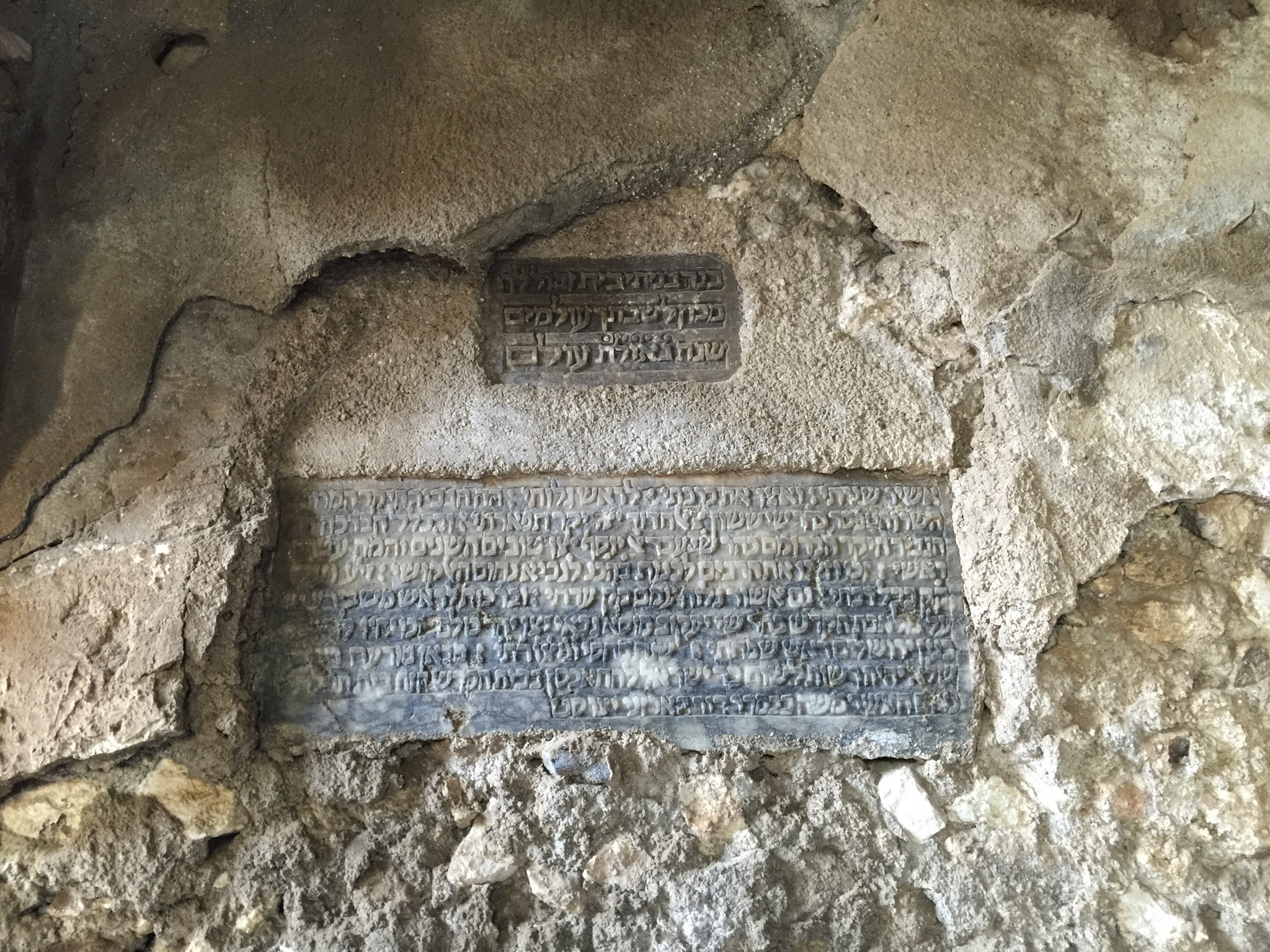
Less than 50km away, Mosul’s Jewish heritage was being wiped off the map. The terror group had destroyed the tombs of the prophets Jonah and Daniel. "Nahum was the only prophet who had survived ISIS, in that sense. But his shrine was in extremely bad condition,” says Benard. Her team scrambled to collect funds to stabilise the site, left empty for decades after the flight of almost all Iraq's Jews in the 1950s. Locals pleaded with them to save the tomb, the “jewel” of the town, which had long been seen as binding together different religious communities.
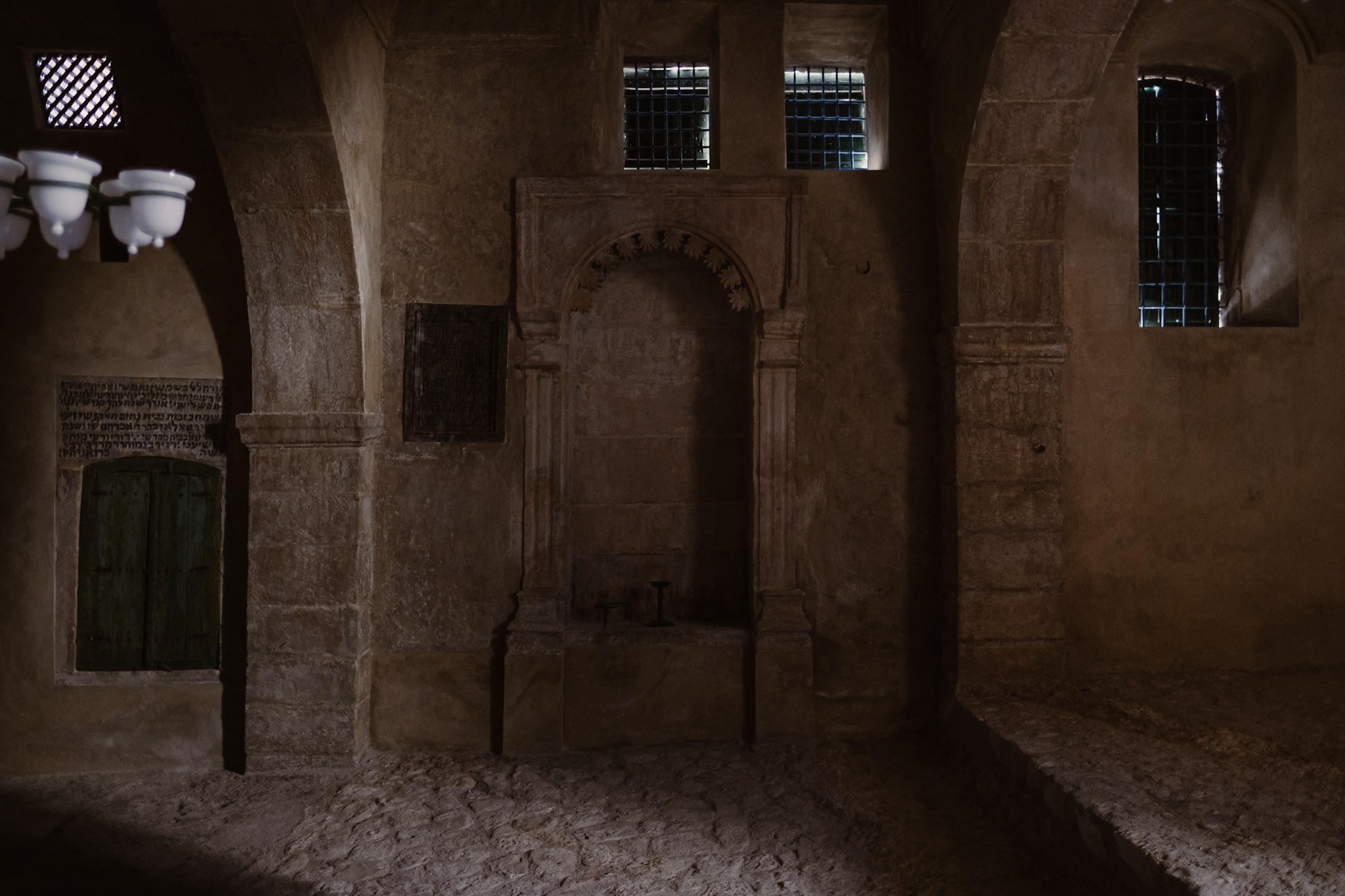
The site, located down a winding road snaking through Alqosh, once held a Jewish school and synagogue. While many Jews lived in southern cities such as Baghdad, areas in the north, including what is now the Kurdistan Region, were home to Aramaic-speaking Jews, often said to be directly descended from the lost tribes of Israel.

Lengthy renovations have restored the tomb to its former modest glory. Wooden doors open into the tomb, while warm golden light floats through latticed windows. Hebrew inscriptions, previously hidden under centuries of earth and mineral buildup, line the walls. One shows where the Torah was kept. A prayer book, in English and Hebrew, rests on the tomb, enclosed by green iron gates, draped in a rich green silk. The peal of church bells break the afternoon quiet.
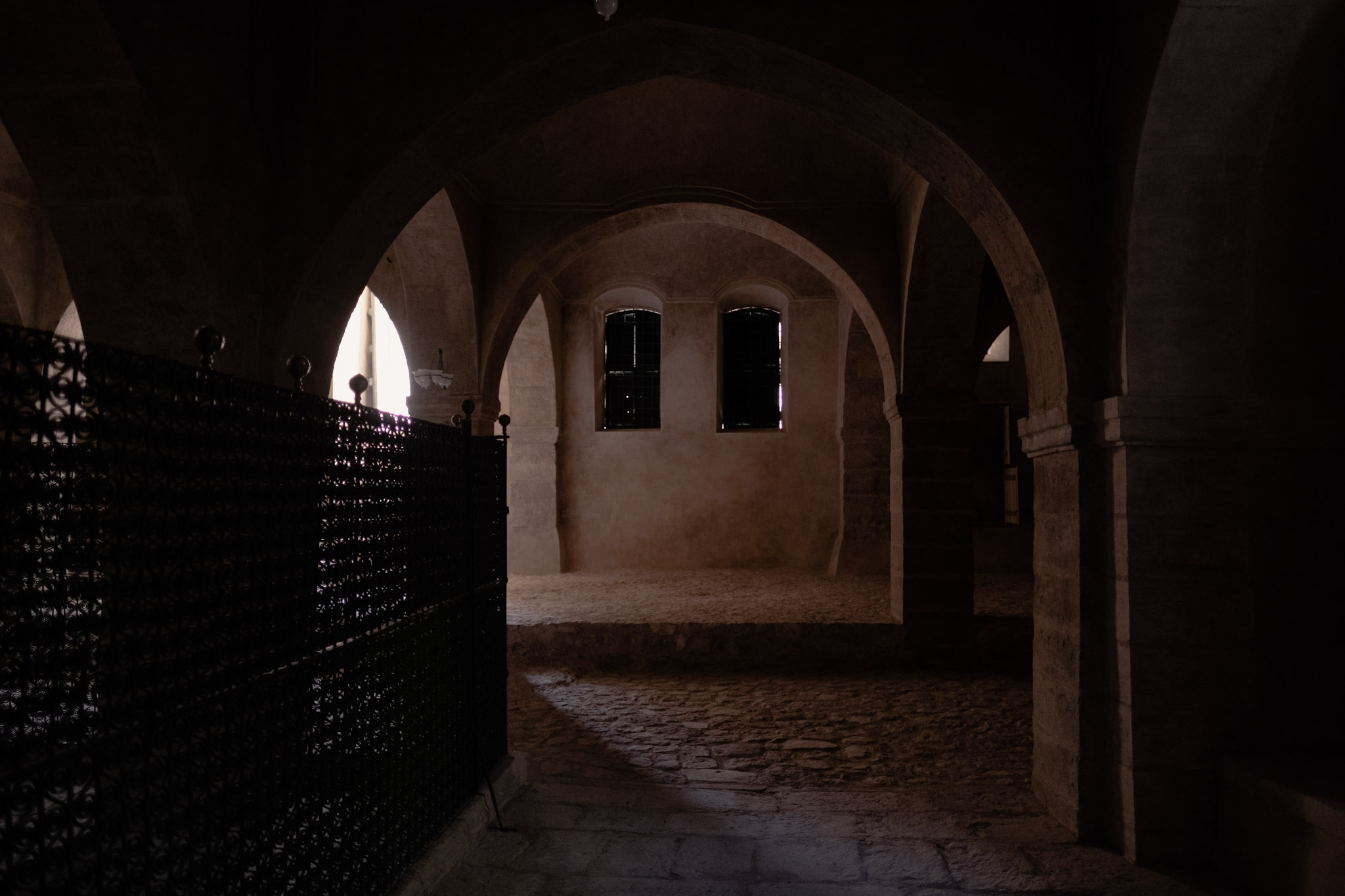
Levi Clancy, an American Jew who hails from Los Angeles, flits from corner to corner, armed with a tape measure and a camera. It isn’t until he reaches the roof that he stops to breathe, and takes in the view over the Nineveh Plains, sprawling fields turned yellow from the baking summer heat. A flag of the Nineveh Plain Protection Units (NPU), an Assyrian militia which staved off the IS advance on the town, flutters above the home next door.
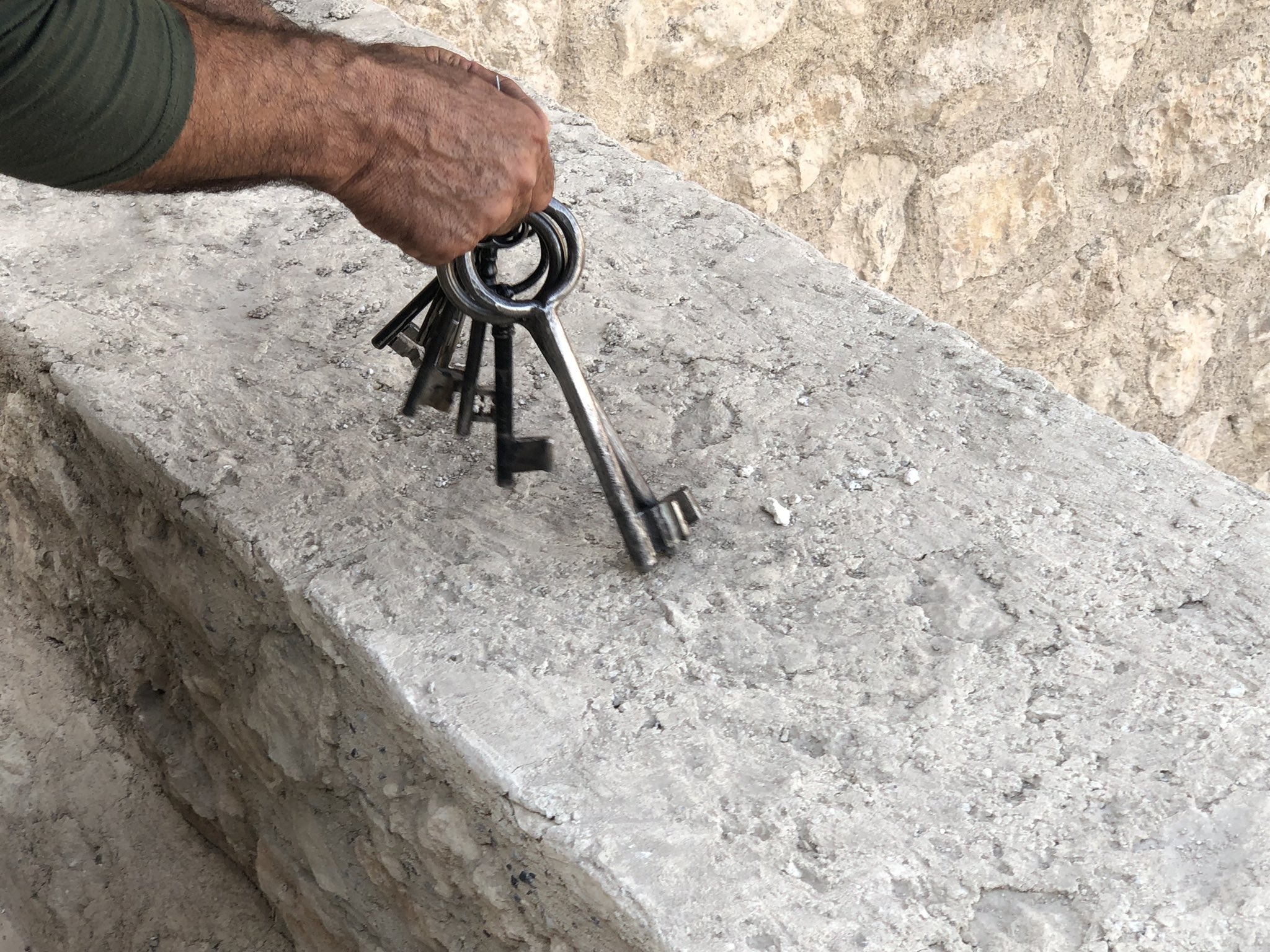
“None of this was here,” he says, pointing to the domed roof under his feet. Clancy, who has lived in the Kurdistan Region since 2014, has visited the site several times, working with ARCH on the renovations. “It was unsafe to walk through here,” he adds, passing through the quiet courtyard, once a mound of rubble. He recalls an earlier trip, with a neighbour standing over the site: “I won’t let you do anything,” the man had said, as he towered over the mountain of stones, machine gun held in a vice-like grip.
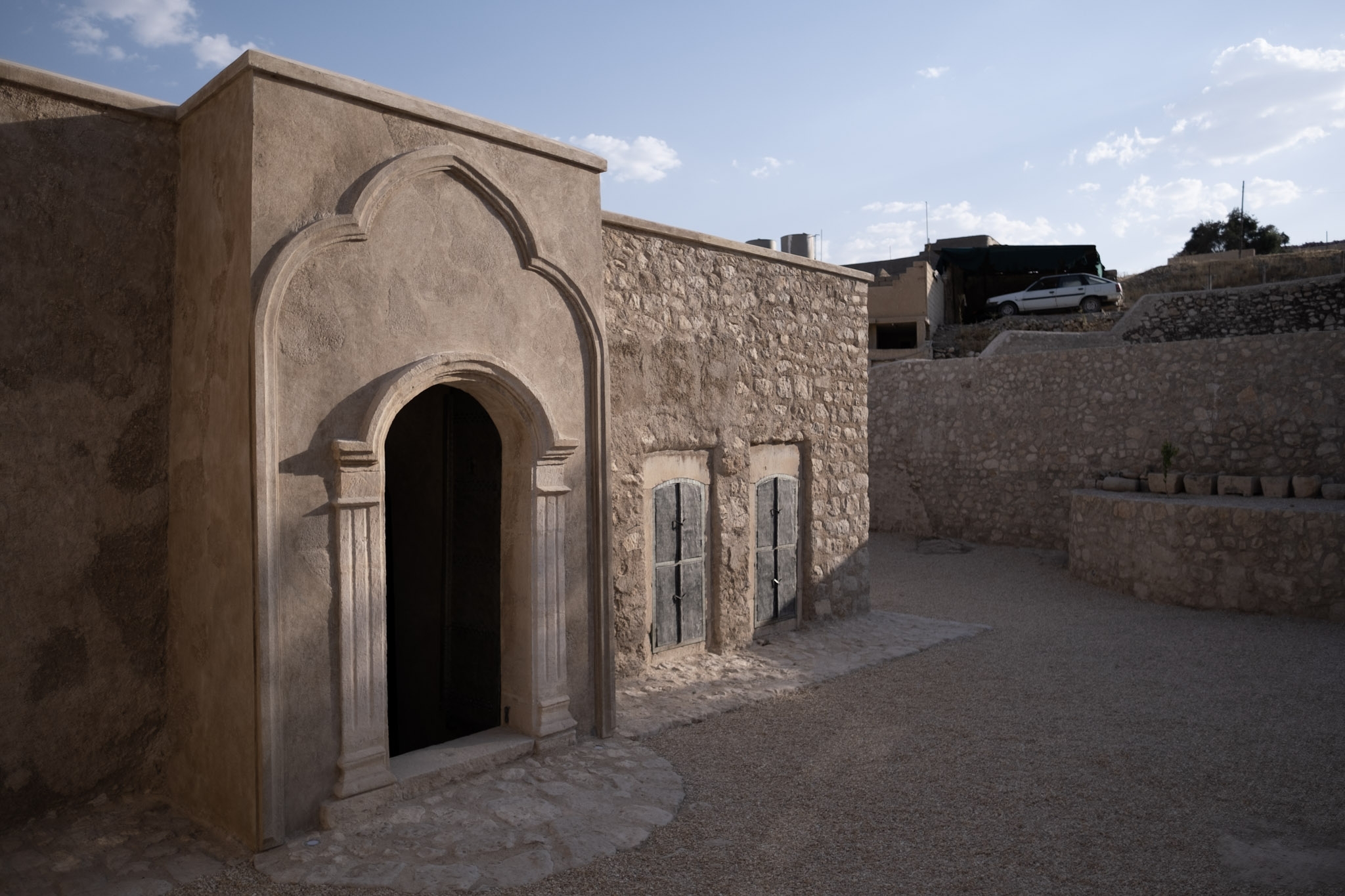
Now guarded by Kurdish Peshmerga, local families and clergy have protected the site for decades, long after the flight of Iraq’s Jews. With only four Jews left in Iraq, and much of its Jewish heritage lost forever, the tomb may have been saved - but its future is uncertain. Political wrangling in the town has seen control of the tomb change hands, worrying Clancy: “Now I have a genuine fear. What if something happens to this place?"
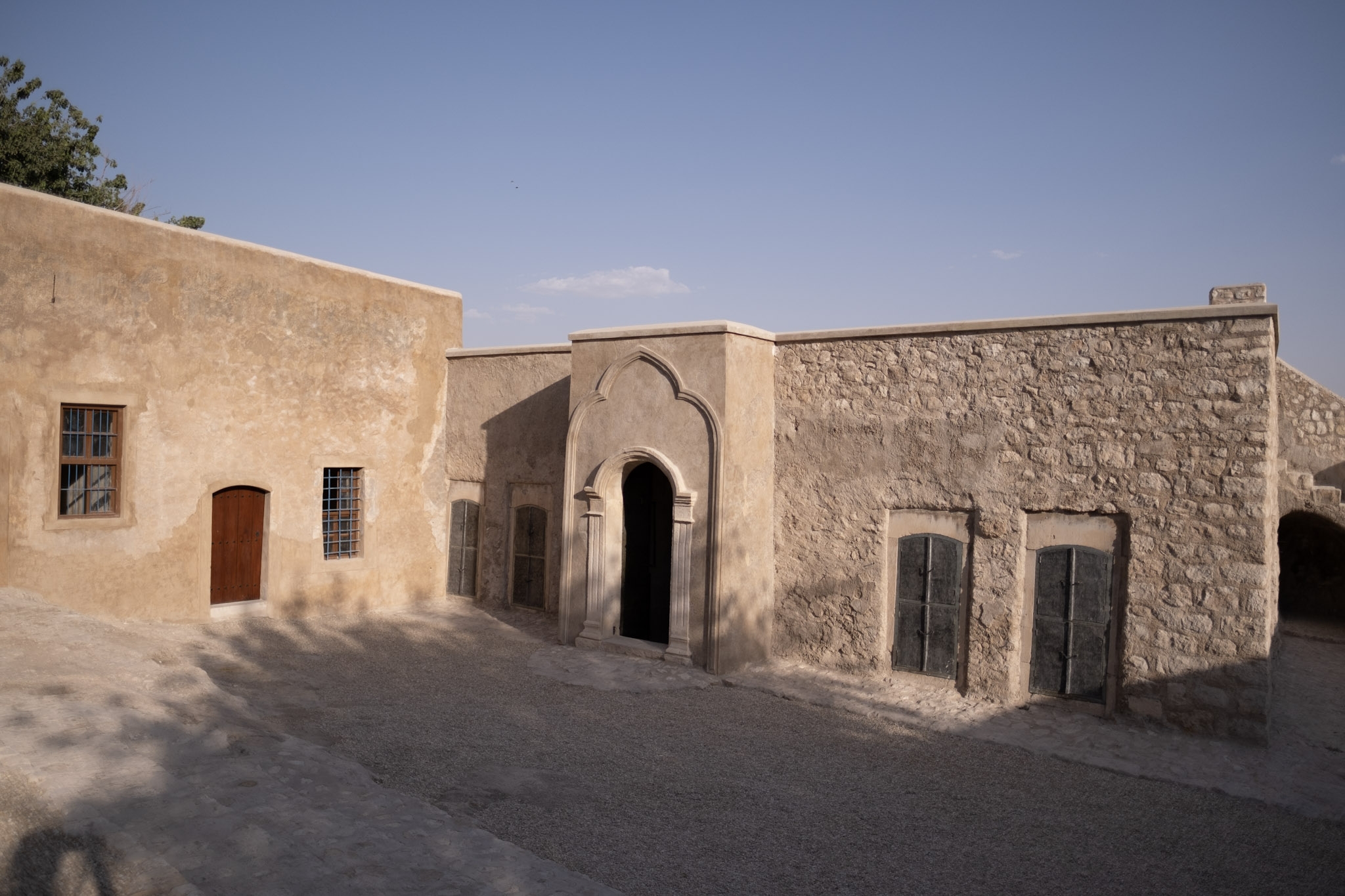
With a planned opening for this autumn, Benard hopes Nahum’s tomb will continue to bring together locals of all religions and “serve as a sanctuary for pilgrims, visitors and guests. This is a historic and religious site. It needs to be open to the public, while also being protected.”
Middle East Eye delivers independent and unrivalled coverage and analysis of the Middle East, North Africa and beyond. To learn more about republishing this content and the associated fees, please fill out this form. More about MEE can be found here.


